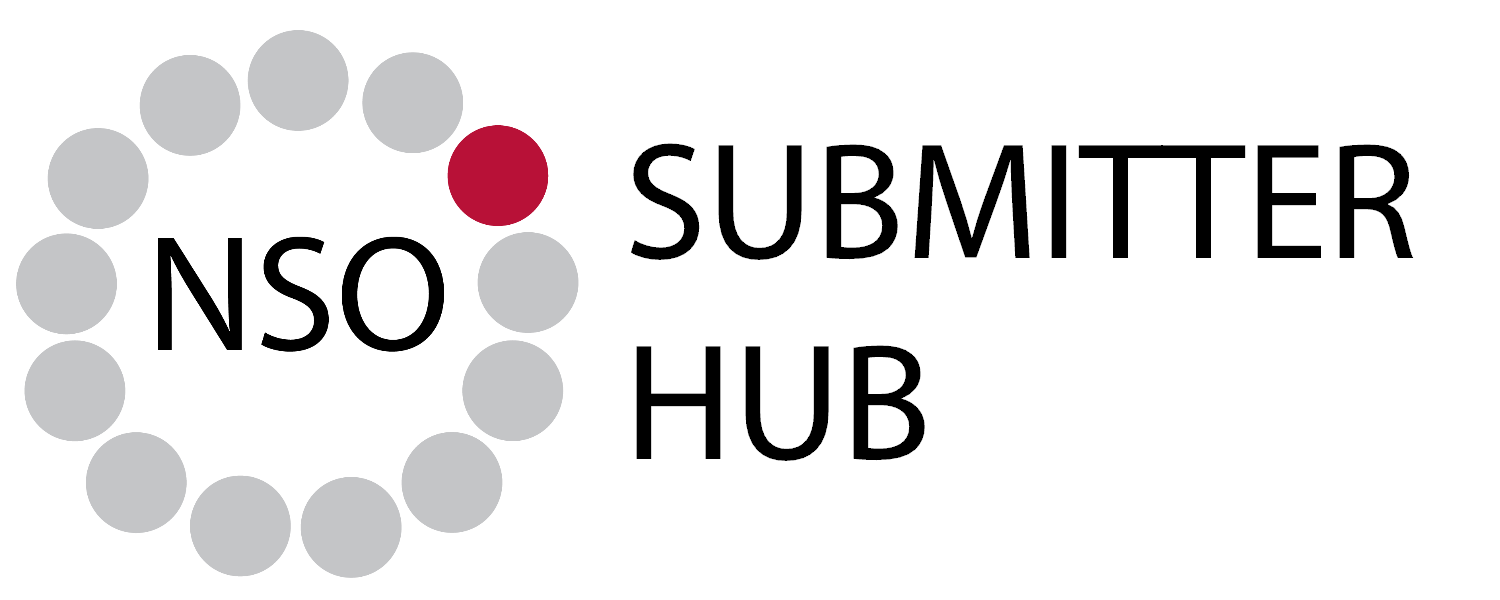Best Practices for Screening
Parent education
- The health care provider performing the pulse oximetry screen is responsible for educating parents about CCHD screening.
- This should include:
- Informing parents that CCHD screening is a recommended standard of care,
- That pulse oximetry screening is a safe, quick and painless test that measures oxygen levels in the blood,
- Screening is important because it can help to identify infants with CCHD before they have symptoms,
- The probe for measuring is like a Band-Aid that wraps around the hand or foot and results will be available immediately.
Parents have the right to refuse the screen. Discuss this decision with parents and ensure education has been provided. If parents decline screening, document this refusal on the CCHD portion of the newborn screening dried blood spot card and send it to NSO.
Screening methodology
Probe placement:
The pulse oximetry screen compares two separate oxygen saturation measurements at pre-ductal and post-ductal sites:
- The right hand for a pre-ductal oxygen saturation measurement (SpO2),
- And either foot for a post-ductal SpO2.
The light emitter portion of the pulse oximetry probe should be aligned facing the photodetector portion of the pulse oximetry probe.
SpO2 measurement:
- Follow our screening algorithm to complete CCHD screening.
- Measure the saturations from the two sites consecutively, the first measurement directly followed by the second measurement.
- It makes no difference which site is first, but consider beginning with the site that disturbs the infant the least.
- Conduct the screen using a motion tolerant pulse oximeter approved by or provided by NSO.
- The infant should ideally be in a quiet, non-fussing state. Complete the screen prior to any invasive procedure or care activity that disturbs the infant.
- Once a reliable signal is obtained (this will be evident using confidence indicators specific to the monitor), observe the SpO2 values for 30 seconds and note the highest SpO2 value achieved.
- If the number fluctuates substantially or episodes of desaturation are noted, the clinical condition of the infant should be evaluated. Never ignore the rest of the clinical picture.
Documentation:
The health care provider who performed the screen must document the value of each SpO2 measurement and the evaluation of the CCHD screen result on the CCHD portion of the newborn screening card and in the infant’s chart or medical record. The screening card should be sent to NSO following the usual procedures for shipping dried blood spot cards. The CCHD portion and blood spot portions of the NSO card ideally stay together, but if this is not possible please ensure both pieces are sent to NSO.
Contact Us
Children’s Hospital of Eastern Ontario
415 Smyth Road
Ottawa, Ontario K1H 8M8
Toll-Free: 1-877-627-8330
Local: (613) 738-3222
Fax: (613) 738-0853
Contact NSO
Subscribe to the Submitter Bulletins to stay up to date on the latest newborn screening updates, or submit a question about newborn screening.
